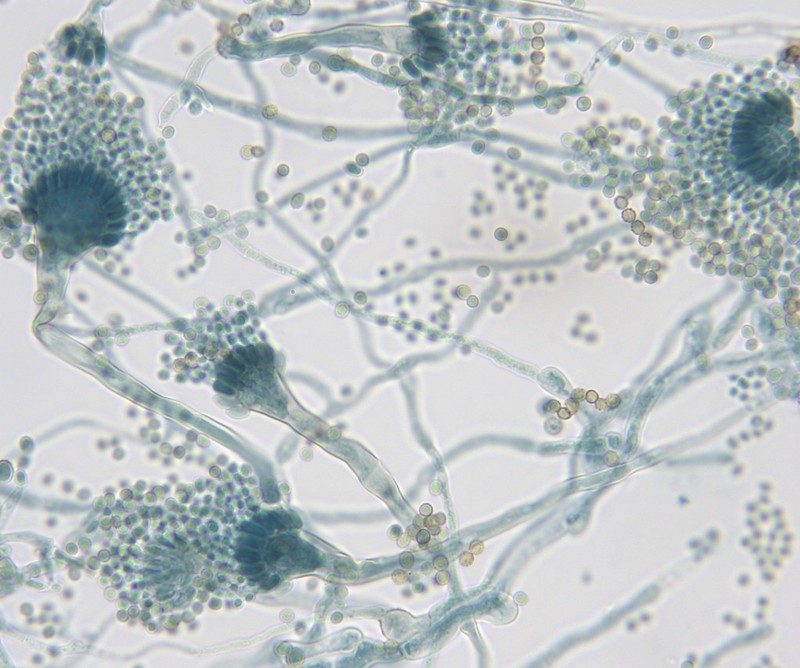 A systematic review today in Pediatrics of 31 studies published through December 2022 reveals that persistent symptoms 3 months after confirmed COVID-19 infections, or "long COVID," affect 16% of children and adolescents.
A systematic review today in Pediatrics of 31 studies published through December 2022 reveals that persistent symptoms 3 months after confirmed COVID-19 infections, or "long COVID," affect 16% of children and adolescents.
The 31 studies included 15,000 children, and researchers recorded more than 20 persistent symptoms. For the first months of the pandemic, there was a dearth of research and understanding on how and if children could suffer from long COVID.
"It was thought at first that the pediatric population was relatively spared from the long-term effects of COVID-19 after infection," the authors said. "But this changed rapidly with increasing reports and studies of pediatric patients not fully recovering from acute COVID-19."
Sore throat, fever, sleep disturbance most common
Among the studies included in the present analysis, 16.2% (95% confidence interval [CI], 8.5% to 28.6%) of the pediatric participants experienced 1 or more persistent symptoms at least 3 months post COVID-19. Symptoms included fatigue, depression, sleep disturbance, cough, throat pain, and gastrointestinal symptoms.
The three most common persistent symptoms seen in the studies were sore throat with a pooled estimate of 14.8% (95% CI, 4.8% to 37.5%); persistent fever, with an estimate of 10.9 (95% CI, 2.4% to 38.2%); and sleep disturbance, with an estimate of 10.3% (95% CI, 4.9% to 20.4%).
Long COVID in children and adolescents has been reported with a very wide symptom spectrum and with great heterogeneity among studies.
"Long COVID in children and adolescents has been reported with a very wide symptom spectrum and with great heterogeneity among studies included in this review," the authors concluded. "There is the need for high quality, prospective, and well controlled studies to address these issues."









